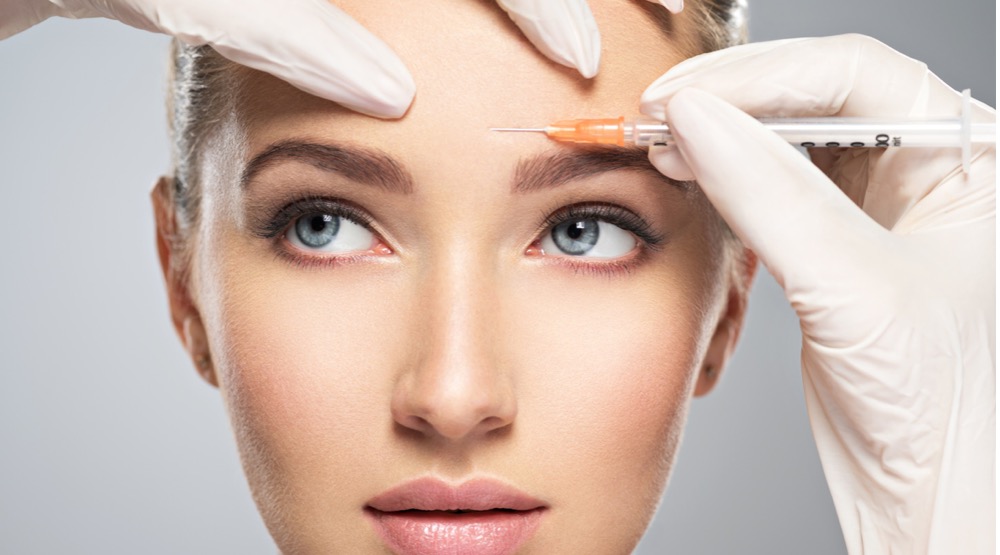Botox is a go-to for those stubborn frown lines and deep crows feet, sure. But doctors are using the injectable to treat a whole host of complaints from clients.
Chronic migraines
Beverly Hills plastic surgeon Doctor William Binder observed that when he gave patients Botox for wrinkles, they reported fewer headaches. After long-running tests on people with chronic migraines, and Botox has been approved in the treatment of headaches.
Excessive underarm sweating
Scientists at Allergan have studied whether Botox could be successful therapy for people with severe primary axillary hyperhidrosis (excessive underarm sweating) and it has since been approved for this use. Injecting into the sweat glands slows the perspiration process. The drug has also been approved for the treatment of overly sweaty hands or feet. Doctor Ehsan Jadoon of Medaesthetics in Western Australia vouches for the effectiveness of Botox use for excessive sweating. “I have performed treatments using Botox for axillary hyperhidrosis. The results are excellent. Some Medicare rebates are also applicable when performed by a qualified dermatologist so most patients choose to get a referral to a dermatologist by their GP.”

Overactive bladder
Doctor Linda Brubaker, dean at the Loyola University Chicago Stritch School of Medicine, conducted a study of the effect of Botox on an overactive bladder. She found that 70% of women she treated with Botox reported significantly fewer leaks, compared with the average five leaks per day at the start of the study. “Botox was one of the most impactful treatments I had ever seen” for overactive bladder, she said.
Crossed eyes
Botox can be used to temporarily correct crossed eyes (strabismus), by relaxing the muscles in the eye, allowing it to re-position to forward-facing. Botox is injected directly into the eye, and patients notice results in one to two days. The results are temporary, and another dose will likely be required after three months.
Neck pain
Neck spasms, often brought on by a condition called cervical dystonia (when the head’s default position is off-balance, creating a tight tension in the neck), is often treated with a dose of Botox to the neck. Specifically, it is injected into the muscles, where it works to block the signals that tell the muscles to contract.
For more news and updates, subscribe to our weekly newsletter.

